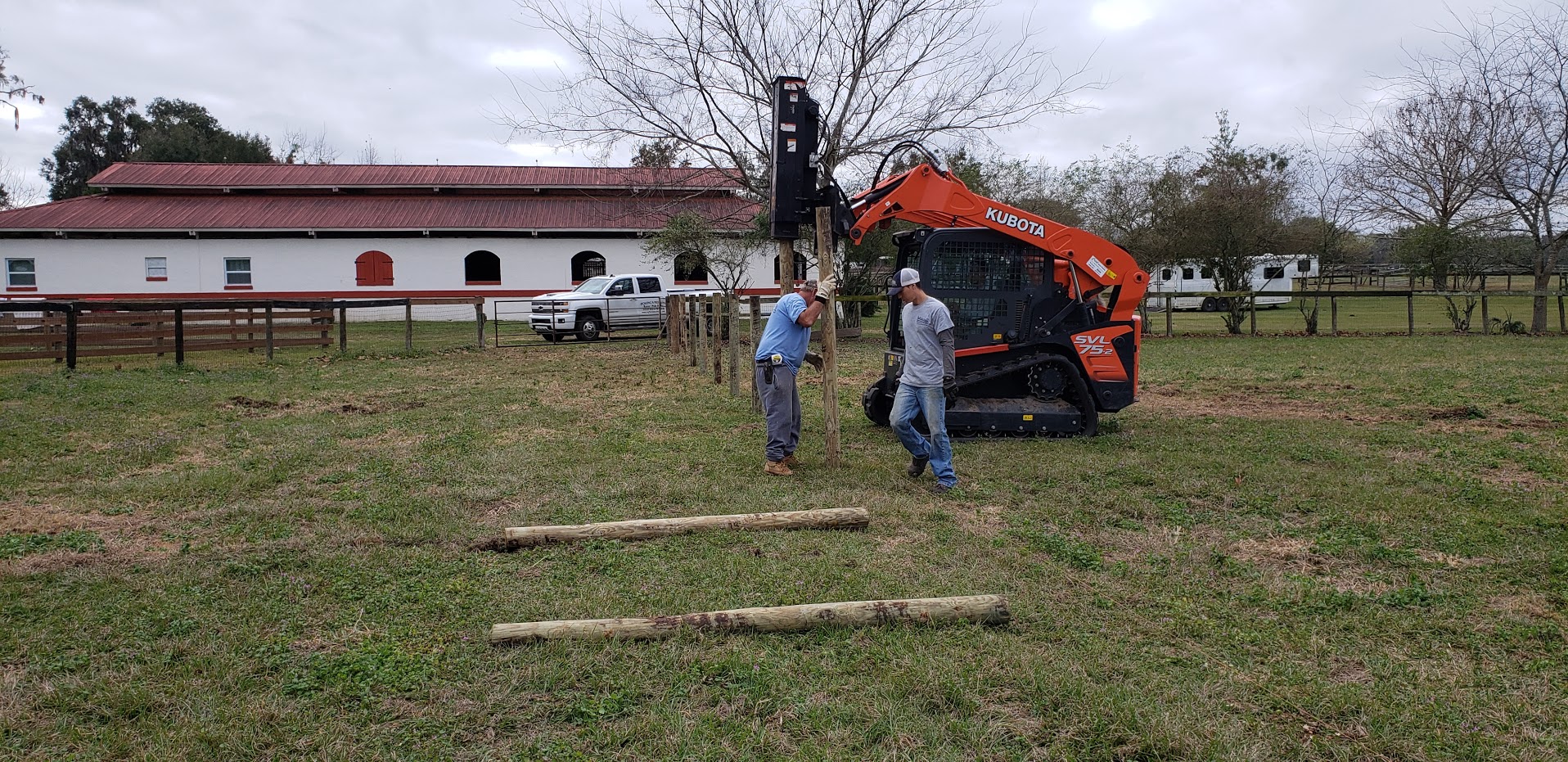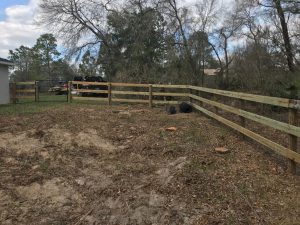Fencing is an essential aspect of property ownership. It adds aesthetic appeal, privacy, and security to your home or business premises. However, before you install a fence, you need to understand your local fencing regulations to avoid legal issues. Fencing regulations vary from one jurisdiction to another, and it’s essential to know the rules in your area. In this article, we’ll discuss fencing regulations and local laws and ordinances that you need to know.
What Are Fencing Regulations?
Fencing regulations are the rules and guidelines that govern the installation, construction, and maintenance of fences in a particular area. These regulations are put in place to ensure that fencing is installed safely and meets certain standards. Fencing regulations also govern the height, design, and location of fences. Failure to comply with fencing regulations can result in legal action, fines, or the removal of the fence.
Understanding Your Local Laws and Ordinances
Local laws and ordinances vary from one state, county, or city to another. Therefore, it’s essential to research and understand the regulations in your area. The best place to start is your local zoning department. The zoning department will provide you with information on the permits and approvals you need to install a fence. The zoning department will also tell you about any restrictions on fence height, design, and location.
Fencing Regulations: Understanding Your Local Laws and Ordinances
What Are Fencing Regulations?
Understanding Your Local Laws and Ordinances
Types of Fences Allowed in Your Area
Obtaining Permits and Approvals for Fencing
Maintenance and Repair of Fences
Common Fencing Violations Subheadings
What Are Fencing Regulations?
- Definition of Fencing Regulations
- Purpose of Fencing Regulations
Understanding Your Local Laws and Ordinances
- Researching Local Laws and Ordinances
- Consulting with the Zoning Department
- Knowing Your Property Boundaries
- Understanding Fence Height Restrictions
- Understanding Fence Location Restrictions
Types of Fences Allowed in Your Area
- Different Types of Fences
- Choosing the Right Fence for Your Property
- Pros and Cons of Different Fencing Materials
Obtaining Permits and Approvals for Fencing
- Types of Permits and Approvals Needed
- The Permit Application Process
- Paying Permit Fees
- Timeline for Permit Approval
Maintenance and Repair of Fences
- Importance of Fence Maintenance and Repair
- Common Fence Maintenance Issues
- DIY Fence Repairs vs. Professional Repairs
- Hiring a Professional Fence Contractor
Common Fencing Violations
- Violation of Height Restrictions
- Fence Location Violations
- Construction Without Permits or Approvals
- Failure to Maintain or Repair Fences
- Fencing regulations are the rules and guidelines that govern the installation, construction, and maintenance of fences in a particular area.
- Local laws and ordinances vary from one state, county, or city to another, and it’s essential to research and understand the regulations in your area.
- Fencing regulations govern the height, design, and location of fences.
- Failure to comply with fencing regulations can result in legal action, fines, or the removal of the




